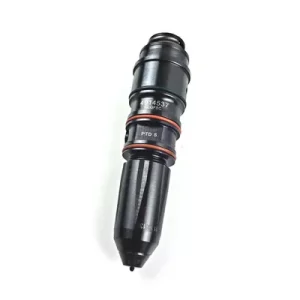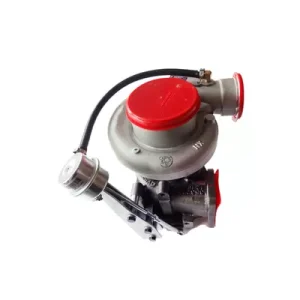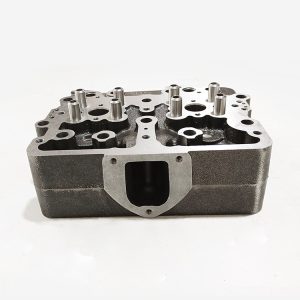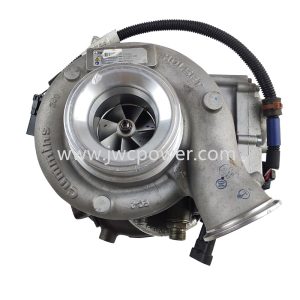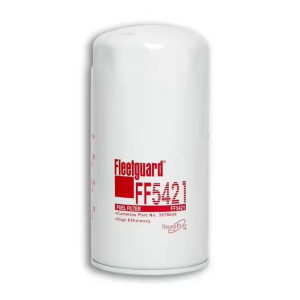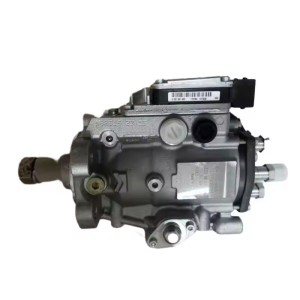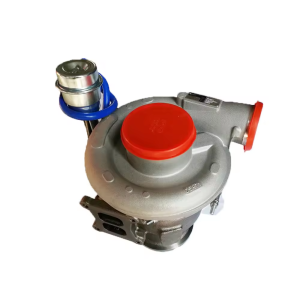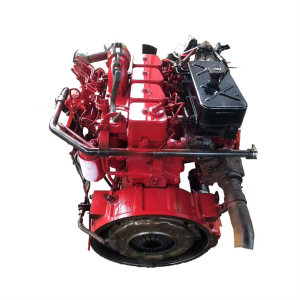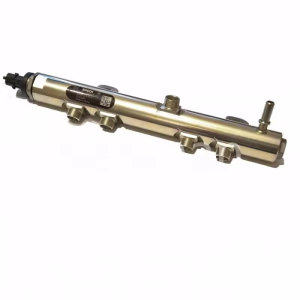The high-pressure common rail (HPCR) fuel system is a critical component in modern Cummins diesel engines, providing efficient fuel delivery and improved combustion performance. Proper maintenance and timely replacement of its components ensure engine longevity and optimal performance. This blog post delves into key aspects of maintaining the Cummins HPCR system and outlines when and how to replace essential components.
Understanding the High-Pressure Common Rail System
The HPCR system in Cummins engines operates at extremely high pressures, allowing precise fuel injection for better power output, fuel economy, and emissions control. The primary components include:
High-Pressure Fuel Pump: Pressurizes fuel before delivering it to the common rail.
Common Rail: Stores and distributes high-pressure fuel to injectors.
Injectors: Precisely control the timing and amount of fuel entering the combustion chamber.
Fuel Pressure Sensor: Monitors pressure levels within the rail.
ECU (Electronic Control Unit): Regulates fuel injection parameters for optimal engine performance.
Maintenance Tips for the HPCR System
To ensure the HPCR system operates efficiently, follow these essential maintenance steps:
1. Use High-Quality Diesel Fuel
Contaminated or low-quality fuel can damage injectors and clog fuel lines. Always source high-quality diesel and consider using fuel additives to improve lubrication and reduce carbon buildup.
2. Regularly Replace Fuel Filters
Cummins recommends changing fuel filters at specified intervals to prevent contaminants from reaching the HPCR components. A clogged fuel filter can restrict flow, leading to performance issues.
3. Monitor Fuel Pressure Levels
Using a diagnostic tool to check fuel pressure ensures that the system operates within the recommended range. A sudden drop in pressure may indicate a failing pump or a leak in the system.
4. Inspect and Clean Injectors
Dirty or faulty injectors can cause misfires, reduced fuel efficiency, and excessive smoke. Regular cleaning with injector cleaner additives can help maintain proper function. If injectors show signs of wear, consider replacing them promptly.
5. Check for Leaks and Wear
Inspect fuel lines, seals, and connections for any signs of leaks or damage. High-pressure fuel leaks can lead to serious engine issues and even safety hazards.
When to Replace HPCR Components
While maintenance extends component lifespan, certain parts will eventually require replacement due to wear and tear. Here are key indicators for replacing major HPCR components:
High-Pressure Fuel Pump: Replace if the engine experiences hard starts, fuel starvation symptoms, or if the pump fails a diagnostic test.
Injectors: Should be replaced if the engine misfires, has poor fuel efficiency, or emits excessive smoke despite regular maintenance.
Fuel Pressure Sensor: If erratic pressure readings are observed, a faulty sensor may be the culprit and should be replaced.
Fuel Rails and Lines: Any visible signs of corrosion, leaks, or fuel delivery issues warrant immediate replacement.
Proper maintenance and timely replacement of Cummins HPCR system components are essential for maximizing engine performance and longevity. Regular inspections, quality fuel usage, and adherence to recommended service intervals can help prevent costly repairs and downtime. By staying proactive, Cummins engine owners can ensure their fuel systems remain reliable and efficient for years to come.


